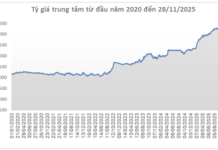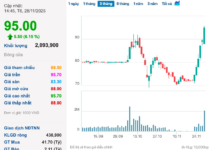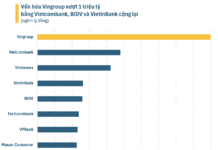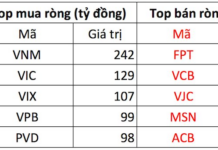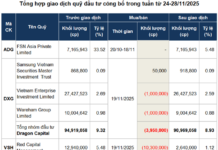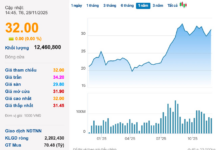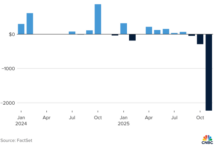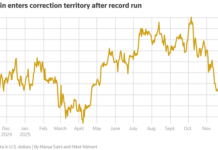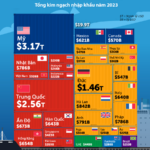Illustration
China’s independent oil refineries are scouring West Africa and the Middle East for crude oil supplies that went unsold in previous trading cycles. This shift comes as supplies from Iran – a dominant provider to China in recent times – are dwindling, and the market giant prepares for the incoming Trump administration.
The so-called “teapot” refineries have been key buyers of sanctioned Iranian oil, establishing a mutually beneficial trade relationship. Iran had to sell its oil, which most other countries shunned, while Chinese independent refiners got cheap crude. The sanctions made Tehran heavily reliant on China, the world’s top oil importer, forcing it to navigate costly logistical hurdles to circumvent US-led restrictions.
Hojatollah Mirzaei, head of the Research Center at the Iran Chamber of Commerce, stated that approximately 92% of Iran’s oil was exported to China, often at a discount of around 30%.
However, Iranian crude oil exported to China in recent days has been priced at the lowest discount to Brent crude in five years due to conflicts with Israel. China imported a record volume of Iranian oil in October, and according to Kpler, the volume from Iran will be 10% lower in November. Energy Aspects consultants suggest that large refineries with ties to the US banking system have started to retreat from buying Iranian oil, anticipating tougher US sanctions on Iran under President-elect Donald Trump.
New US sanctions on Iran’s shadowy fleet have also cut into Iran’s supplies by reducing the number of “ghost” tankers available for ship-to-ship (STS) transfers to conceal the origin of Iranian crude oil.
With Iranian supplies dwindling, China’s independent refineries are seeking to purchase more crude oil from alternative sources. One of the larger private refineries recently bought about 10 million barrels of crude in December and January from Middle Eastern producers Qatar and the United Arab Emirates (UAE).
The Chinese government has issued additional quotas to independent refineries to import at least 5.84 million tons of crude oil by the end of this year or early next year. This additional import quota, equivalent to about 116,800 barrels of crude oil per day (bpd), could boost China’s imports after a lackluster year for imports and oil consumption.
According to Oilprice
The World’s 30 Largest Import Economies: Vietnam Ranks 22nd
The infographic below depicts the 30 largest importing economies, based on data from the World Trade Organization (WTO).






